Initially, acid seems like the last thing you’d want on your skin.
And yet, some acids are actually safe and effective enough to be used in skin services and procedures such as chemical peels.
Furthermore, chemical peels are increasingly being used to treat various skin conditions, such as discoloration, scars, acne breakouts, rough texture, and uneven skin tone.
So, what exactly is a chemical peel, and what are the various types available?
More About Chemical Peels
Chemical peels are one of the most popular nonsurgical cosmetic procedures in the United States, and popular examples are:
- Glycolic acid peels
- TCA peels (trichloroacetic acid)
- Salicylic acid peels
- Jessner’s solution peels
- Hydradermabrasion/Jet Peel Treatments
An acidic solution is applied directly to the skin during treatment to slough off the dull upper layer, accelerate cell turnover, and stimulate collagen production for a more radiant and even-toned complexion. Chemical peels encourage the development of new, healthy skin by inflicting a controlled injury at a particular depth, thus improving skin tone and texture.
Almost every common skin issue can be treated successfully with the right peel. Though mainly intended for the face, some types of chemical peels can also be used on the neck, chest, and back of the hands.
Types of Chemical Peels
The degree of chemical exfoliation varies with the type of acid used and its intensity, but chemical peels are generally classified into three types:
1. Superficial peels. These are perfect for beginners and for those who have sensitive skin because mild peels gently exfoliate the skin’s outer surface. To unclog pores, treat active acne, smooth the skin, and give it radiance, superficial or lunchtime peels normally utilize low-strength lactic, salicylic, and alpha hydroxy acid. Also, a light peel is frequently considered part of some facials.
2. Medium peels. These peels, which affect both the outer surface of the skin and the top layers of the underlying dermis, are ideal for managing skin issues such as:
- uneven pigmentation
- deeper creases
- acne scars
- sun damage.
TCA, Jessner’s solution, and greater amounts of glycolic acid are commonly used for medium peels.
3. Deep peels. These phenol-based solutions delve deep into the epidermis to treat severe sun damage and acne scars while tightening the skin. Deep peels can be excruciating and may require the use of a local anesthetic and sedation. These peels also involve a longer recovery time because they can induce swelling, peeling, cracking, and oozing.
Advantages of Chemical Peels
In terms of benefits, a light chemical peel may greatly enhance your skin’s complexion and significantly reduce the appearance of fine lines and wrinkles. A medium chemical peel will certainly make your skin look and feel smoother, while deep peel will give your skin even more dramatic results.
Aside from cosmetic benefits, you can also use chemical peels to manage acne scars and pigmentation issues.
As one of the oldest known treatment options, chemical peels have been used in several forms for hundreds of years. The simple reality that we can still use it presently demonstrates how beneficial and successful this treatment is for treating conditions like breakouts and skin discoloration
So, if you’re looking to achieve beautiful, healthy skin, our experts here at Wright’s Med Spa in Nazareth and Stroudsburg Pa can help you determine and then execute the right peel for your needs.


